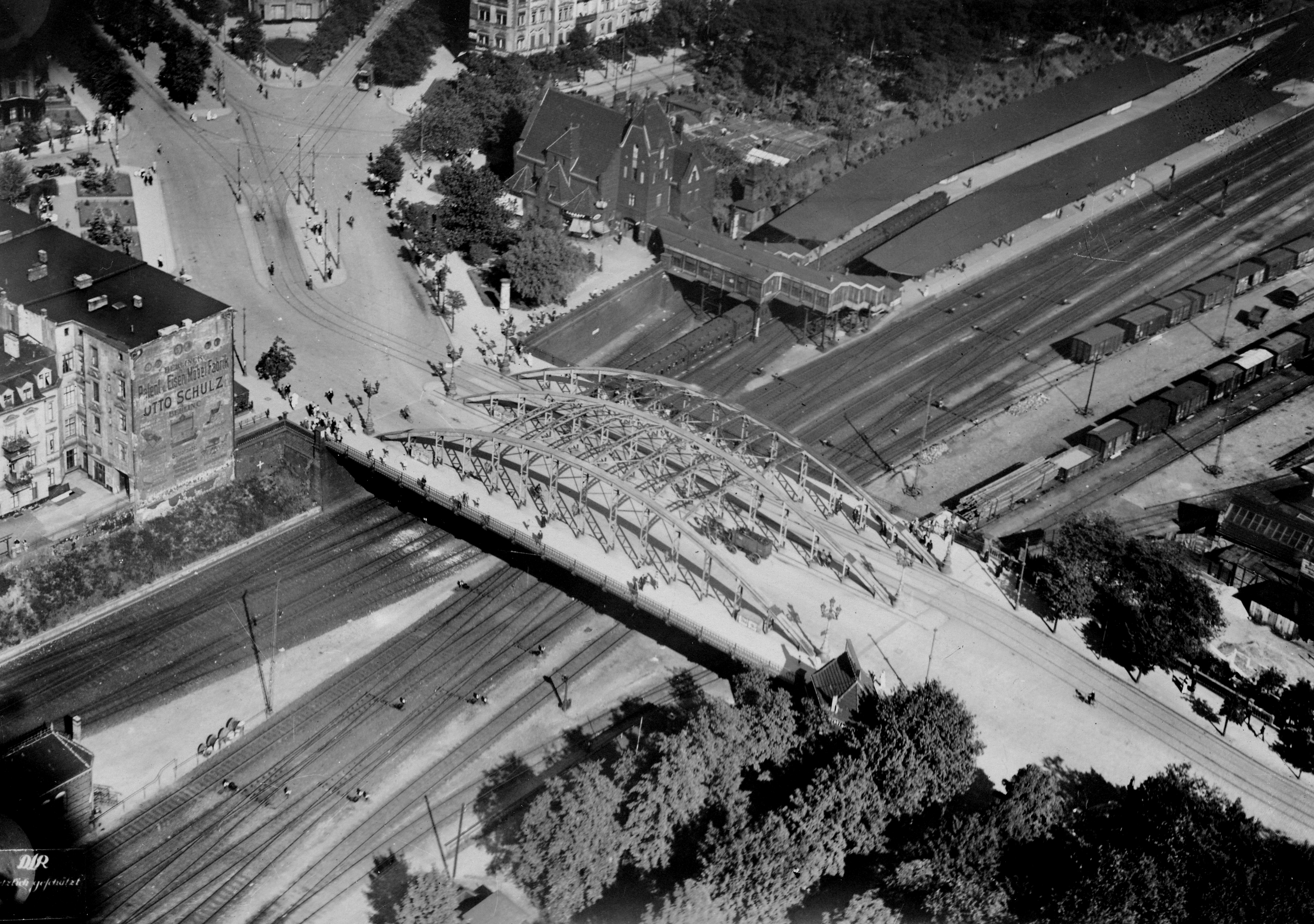Berlin-Halensee Station on:
[Wikipedia]
[Google]
[Amazon]
Halensee is a station in the
 A first station named ''
A first station named ''
Timetable information from the S-Bahn Berlin GmbH
Halensee
Halensee () is a ''locality'' (''Ortsteil'') of Berlin in the district (''Bezirk'') of Charlottenburg-Wilmersdorf. Halensee was established as a villa and tenement settlement in about 1880, in the suburb of Wilmersdorf, which became part of Great ...
(former Wilmersdorf
Wilmersdorf (), an inner-city locality of Berlin, lies south-west of the central city. Formerly a borough by itself, Wilmersdorf became part of the new borough of Charlottenburg-Wilmersdorf in Berlin's 2001 administrative reform.
History
The vi ...
) district of Berlin
Berlin ( , ) is the capital and largest city of Germany by both area and population. Its 3.7 million inhabitants make it the European Union's most populous city, according to population within city limits. One of Germany's sixteen constitue ...
. It is served by the S-Bahn
The S-Bahn is the name of hybrid urban- suburban rail systems serving a metropolitan region in German-speaking countries. Some of the larger S-Bahn systems provide service similar to rapid transit systems, while smaller ones often resemble co ...
lines , and .
Position
It is located at the prosaic western end of theKurfürstendamm
The Kurfürstendamm (; colloquially ''Ku'damm'', ; en, Prince Elector Embankment) is one of the most famous avenues in Berlin. The street takes its name from the former ''Kurfürsten'' (prince-electors) of Brandenburg. The broad, long boulevar ...
, one of Berlin's most famous and important boulevard
A boulevard is a type of broad avenue planted with rows of trees, or in parts of North America, any urban highway.
Boulevards were originally circumferential roads following the line of former city walls.
In American usage, boulevards may ...
s and near the lake Halensee, after which the small locality
Locality may refer to:
* Locality (association), an association of community regeneration organizations in England
* Locality (linguistics)
* Locality (settlement)
* Suburbs and localities (Australia), in which a locality is a geographic subdivis ...
of the city and the station take their names. The station is also served by four bus
A bus (contracted from omnibus, with variants multibus, motorbus, autobus, etc.) is a road vehicle that carries significantly more passengers than an average car or van. It is most commonly used in public transport, but is also in use for cha ...
lines, two of which run continuously and one of which is an express service, as well as one line at night.
History
 A first station named ''
A first station named ''Grunewald Grunewald is the name of both a locality and a forest in Germany:
* Grunewald (forest)
* Grunewald (locality)
Grünewald may refer to:
* Grünewald (surname)
* Grünewald, Germany, a municipality in Brandenburg, Germany
* Grünewald (Luxembourg), ...
'' south of the present platform opened on 15 November 1877 at the western Ringbahn
The Ringbahn (German for circle railway) is a long circle route around Berlin's inner city area, on the Berlin S-Bahn network. Its course is made up of a double-tracked S-Bahn ring and a parallel freight ring. The S-Bahn lines S41 and S42 prov ...
railway line. It was shifted toward the Kurfürstendamm a few years later and reopened on 15 October 1884 as ''Halensee'', including a Neo-Romanesque
Romanesque Revival (or Neo-Romanesque) is a style of building employed beginning in the mid-19th century inspired by the 11th- and 12th-century Romanesque architecture. Unlike the historic Romanesque style, Romanesque Revival buildings tended to ...
entrance building, while the present Berlin-Grunewald railway station
Berlin-Grunewald is a railway station in the upper class Grunewald district of Berlin. It is served by the S-Bahn line .
In the Second World War, the station was the principal location for deporting Berlin Jews to the East during The Holocaust ...
received its name. Third rail
A third rail, also known as a live rail, electric rail or conductor rail, is a method of providing electric power to a railway locomotive or train, through a semi-continuous rigid conductor placed alongside or between the rails of a railway t ...
S-Bahn service commenced on 6 November 1928. The entrance hall was heavily damaged by air raids in World War II
World War II or the Second World War, often abbreviated as WWII or WW2, was a world war that lasted from 1939 to 1945. It involved the vast majority of the world's countries—including all of the great powers—forming two opposin ...
and finally demolished in 1958.
Just north of the station, there is a single-track curve connecting to the Stadtbahn
' (; German for "city railway"; plural ') is a German word referring to various types of urban rail transport. One type of transport originated in the 19th century, firstly in Berlin and followed by Vienna, where rail routes were created that co ...
at , which is not officially part of any line. However, the curve sees a handful of S46 trains each day and there is thus an infrequent service between the Ringbahn
The Ringbahn (German for circle railway) is a long circle route around Berlin's inner city area, on the Berlin S-Bahn network. Its course is made up of a double-tracked S-Bahn ring and a parallel freight ring. The S-Bahn lines S41 and S42 prov ...
and the Stadtbahn
' (; German for "city railway"; plural ') is a German word referring to various types of urban rail transport. One type of transport originated in the 19th century, firstly in Berlin and followed by Vienna, where rail routes were created that co ...
.Timetable information from the S-Bahn Berlin GmbH
References
Berlin S-Bahn stations Buildings and structures in Charlottenburg-Wilmersdorf Railway stations in Germany opened in 1877 Railway stations in Germany opened in 1884 {{Berlin-SBahn-stub